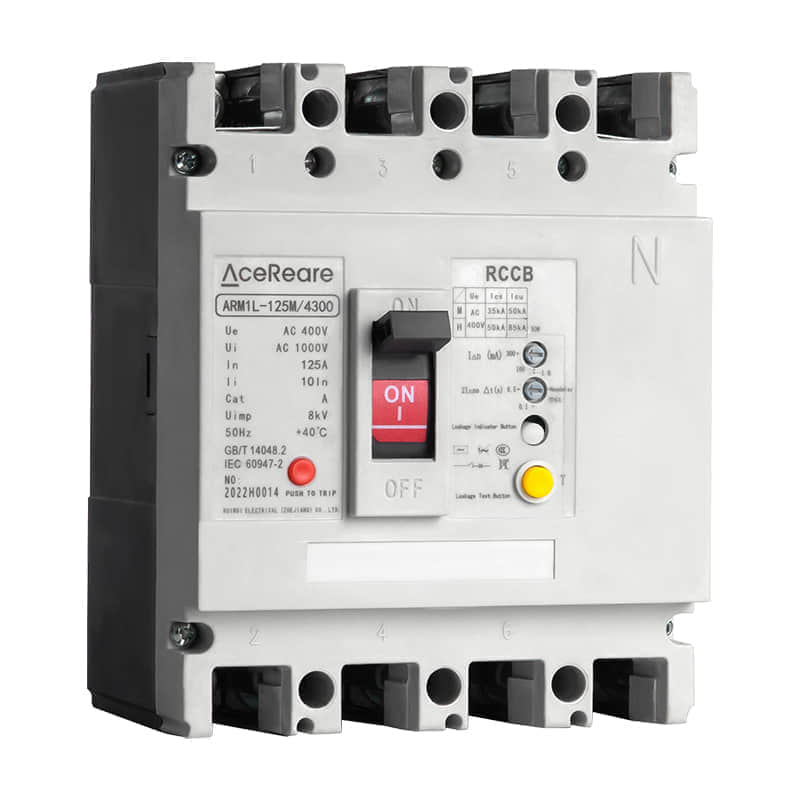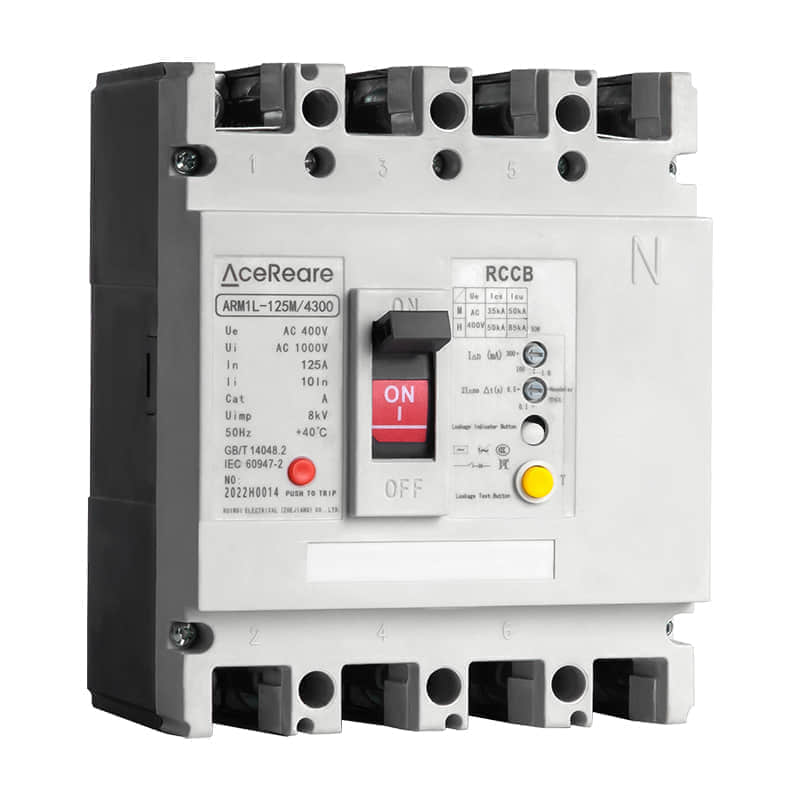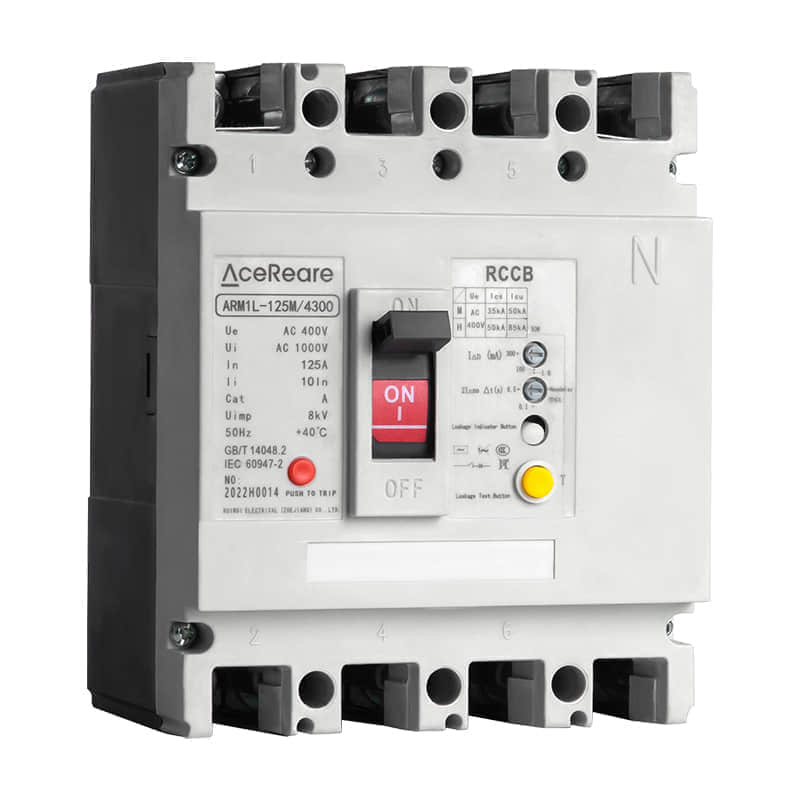Residual Current Circuit Breakers (RCCBs) are vital devices in the world of electrical engineering and safety. While they might not be as well-known as some other electrical components, their role in preventing electrical accidents and fires is indispensable. In this article, we will delve into the world of RCCBs, exploring what they are, how they work, and why they are essential for electrical safety.

What is an RCCB?

RCCB stands for Residual Current Circuit Breaker. It is a specialized electrical device designed to protect individuals and property from electrical shocks, fires, and other hazards caused by faulty electrical circuits. RCCBs are commonly used in both residential and industrial settings, serving as a crucial safety measure. How Does an RCCB Work? RCCBs operate on the principle of detecting and interrupting electrical circuits when they sense a residual current imbalance. Residual current is the difference between the current flowing into an electrical circuit and the current flowing out of it. Under normal circumstances, these two currents should be equal. However, when there is a fault, such as an electrical leakage due to a damaged wire or a faulty appliance, the balance is disrupted. This can result in a dangerous situation where the excess current flows through unintended paths, potentially leading to electrical shocks or fires. Here’s where the RCCB steps in. An RCCB continuously monitors the current balance in the circuit it protects. If it detects even a slight deviation, indicating a leakage or fault, it immediately trips and disconnects the power supply. This rapid response is critical in preventing accidents and mitigating potential hazards. Types of RCCBs There are two primary types of RCCBs: two-pole (2P) and four-pole (4P). Two-Pole (2P) RCCBs: These are commonly used in residential applications. They protect against both phase and neutral conductor faults. In essence, they monitor the current balance between the live and neutral wires. Four-Pole (4P) RCCBs: These are typically employed in more complex electrical systems, such as industrial settings. In addition to phase and neutral conductor protection, 4P RCCBs also monitor the connection to the ground, offering an extra layer of safety. Why are RCCBs Essential for Electrical Safety? Protection Against Electrical Shocks: RCCBs are designed to minimize the risk of electrical shocks, which can be life-threatening. By quickly disconnecting the power supply when a fault is detected, they prevent the flow of dangerous currents through a person’s body. Prevention of Electrical Fires: Faulty electrical circuits are a common cause of electrical fires. RCCBs can identify these faults and cut off the power before a fire can ignite, potentially saving lives and property. Compliance with Electrical Codes: Many countries and regions have strict electrical safety codes that require the installation of RCCBs in specific applications. Compliance with these codes is essential to ensure the safety of occupants and avoid legal issues. Protection of Sensitive Equipment: In industrial and commercial settings, electrical faults can damage expensive machinery and equipment. RCCBs help prevent such damage by swiftly isolating faulty circuits. Peace of Mind: Knowing that RCCBs are in place provides peace of mind to homeowners and business owners. It assures them that their electrical systems are equipped with an added layer of safety. In conclusion, Residual Current Circuit Breakers (RCCBs) are unsung heroes in the world of electrical safety. Their ability to detect and respond to current imbalances is a critical element in protecting people and property from electrical hazards. Whether in our homes or industries, RCCBs play a crucial role in ensuring that electricity remains a safe and reliable source of power.
